Preventing Combustible Metal Dust Explosions - Part 3

In two previous posts, we highlighted those elements that may jeopardize the health and safety of personnel working in fabricated metal product businesses. We then identified highly explosive metals and associated risks found in different manufacturing sectors. In the same vein, this article addresses potentially hazardous situations in the workplace and their prevention.
WHAT CIRCUMSTANCES put your business at risk ?
Although you may not have experienced problems, this does not guarantee the safety of your workers and facility as risk exposure varies with time. A new process line, a brief interruption to housekeeping or even static electrical sparking due to an inadequate ground may introduce unforeseen changes. Constant vigilance and change management are key measures to help you correctly identify situations that may lead to severe accidents.
Housekeeping
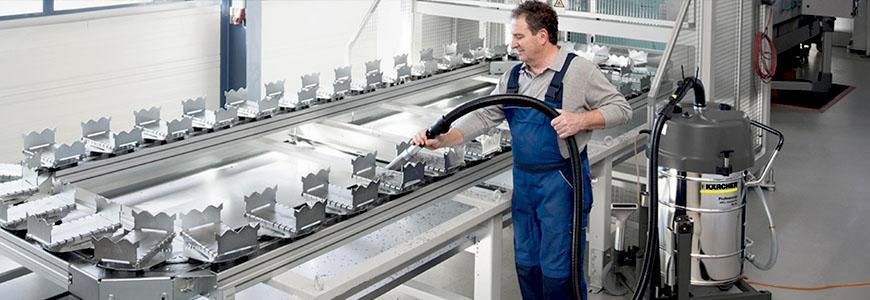
Negligent housekeeping is often responsible for excessive hazardous dust accumulations in the workplace, a violation frequently cited during on-site inspections. Inspectors may simply run a finger across dust-laden surfaces or leave a fingerprint as evidence of non-compliance. Indeed, the NFPA recently redefined the hazardous dust accumulation criterion as any dust layer of 1/64 inch (0.4 mm) or greater (NFPA 654).
A simple but significant housekeeping measure involves dust collector filter replacement when you reach the differential pressure set point as recommended by the manufacturer or when pressure loss within the unit impairs dust collector suction capacity.
Short-term exposure to dusts may not be necessarily hazardous to worker health. Nevertheless, prolonged exposure may lead to work-related pulmonary afflictions which represent, according to the CNESST, 25% of recognized occupational diseases.
Simply-stated, good housekeeping reduces both health and safety risks in the workplace.
Work practices
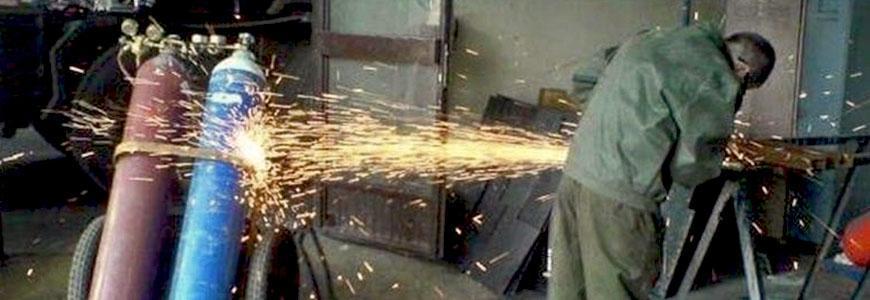
Inadequate work practices in fabricated metal production constitute the predominant risk among manufacturing businesses. Despite attempts by industry to foster prevention, develop programs and implement safe work procedures within their organisations, we cannot prevent all accidents. Here are recommended practices that may provide insight for better risk management.
Spark-producing tools and equipment
Metal transformation processes such as welding and grinding generate significant quantities of sparks. Although we cannot avoid such fire hazards, we may circumscribe spark dispersion by adopting certain work methods. First and foremost, it is the operator’s responsibility to employ good work techniques concerning the angle, distance and intensity of operations. The following example illustrates how poor assessment and control of risk led to injury.
Case study:
An operator working inside an environmental booth was machining a steel component with flying sparks striking the dust collector louvered intake panel. Unfortunately, sparks entered the dust collector plenum and ignited steel dust accumulations with ensuing toxic fumes. Overcome by fume inhalation, the operator required immediate urgent medical assistance.
Raw material transformation
You are undoubtedly familiar with galvanic corrosion. In the electrochemical process between two metals, one metal rapidly oxidizes (corrodes) in the presence of a corrosive environment. If the metal components are solids (for example, as plates or ingots), the reaction does not represent a safety hazard since the reduced surface-area-to-volume ratio confines reactivity to a negligible value. On the other hand, contact between different metal powders is another story. The increased surface-to-volume ratio favors rapid electron transfer, thereby accelerating oxidation and may lead to spontaneous ignition.
Case study:
An operator was deburring zinc components. The fines were captured and conveyed to a dust collector. In response to an unexpected work order, the operator was asked to grind aluminum components. The operator chose to remain at the same work station and proceed with the work order. Aluminum fines were captured by the same dust collection system and mixed with previously accumulated zinc fines. Contact between the two different metal dusts gave way to galvanic corrosion and ensuing deflagration.
Dust collection
Periodic maintenance of dust collector systems requires replacement of filter barrels / containers filled with dust. Unfortunately, storage conditions of filter containers for highly explosive metal dust are often not up to par. The containers are typically stored in some obscure corner of a building of the plant and thereafter forgotten. As mentioned in a previous post, powdered metals may oxidize and ignite spontaneously. Recall that collected metal fines are a time bomb and must be handled appropriately to prevent ignition. We recommend that you contact an authorized outside contractor, as necessary, to collect your barrels and ensure safe disposal of powdered metals.
Addition of a new process
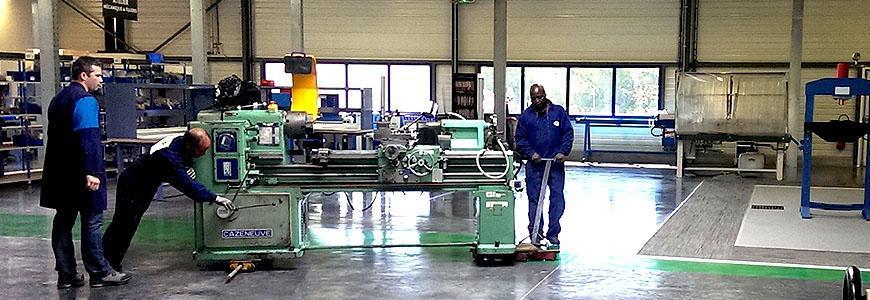
A new process addition such as a machine tool on a production line also constitutes a potential hazard. When the time comes to connect the equipment to an existing dust collection system, system capacity design is often overlooked as we extend ductwork. This oversight may cause serious problems.
First and foremost, the addition of a new capture inlet port will diminish filtration capacity by reducing the overall ductwork air flow. The pressure loss will affect system collection efficiency and work stations that were noticeably clean beforehand will become gradually covered by a thin film of highly combustible metal particulate.
Furthermore, reduced air velocity within conduits will make it more difficult to convey particulate matter to the dust collector with ensuing accumulation of deposits along ductwork surfaces. It will be only a matter of time before a fire or an explosion occurs.
Conclusion
The three posts concerning highly explosive metal dusts will give you the opportunity to associate different metals and their transformation processes to better evaluate risk exposure in your work environment.
In the next and last post in this series, we will highlight those steps required to configure your dust collection system along with layout design recommendations pursuant to workplace health and safety regulatory practice and NFPA standards.
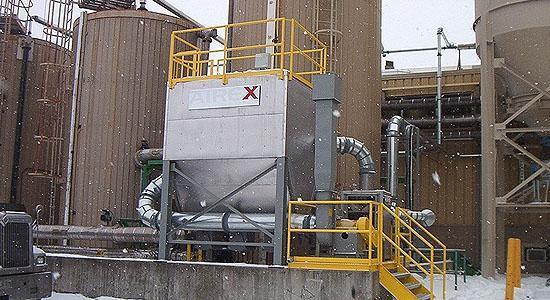
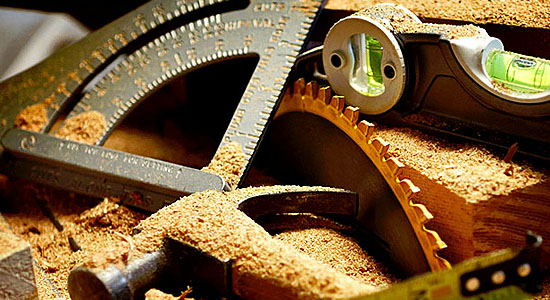

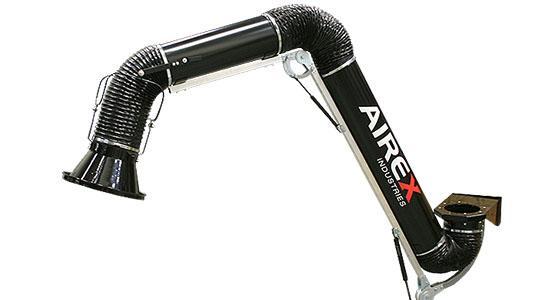
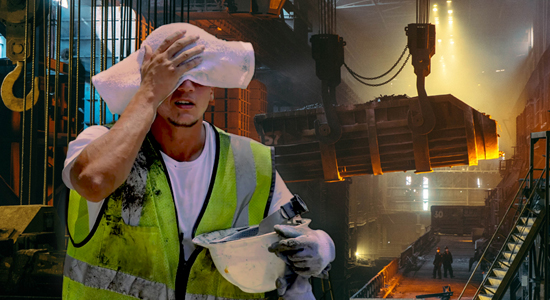
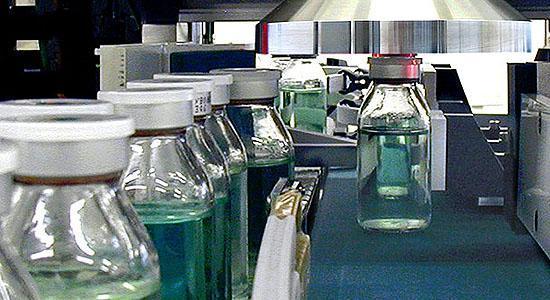
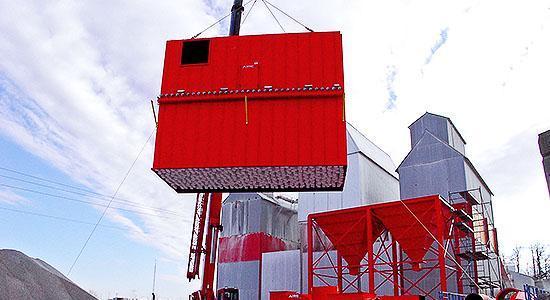
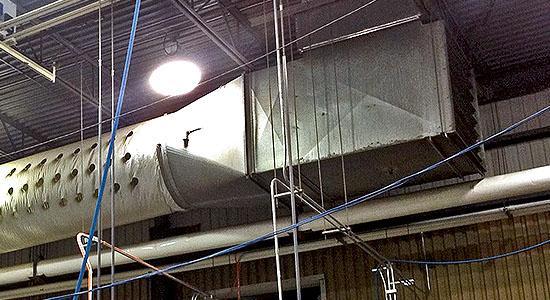

 Not sure what product fits your needs, or you looking for advice about the best solution for your problem?
Not sure what product fits your needs, or you looking for advice about the best solution for your problem?